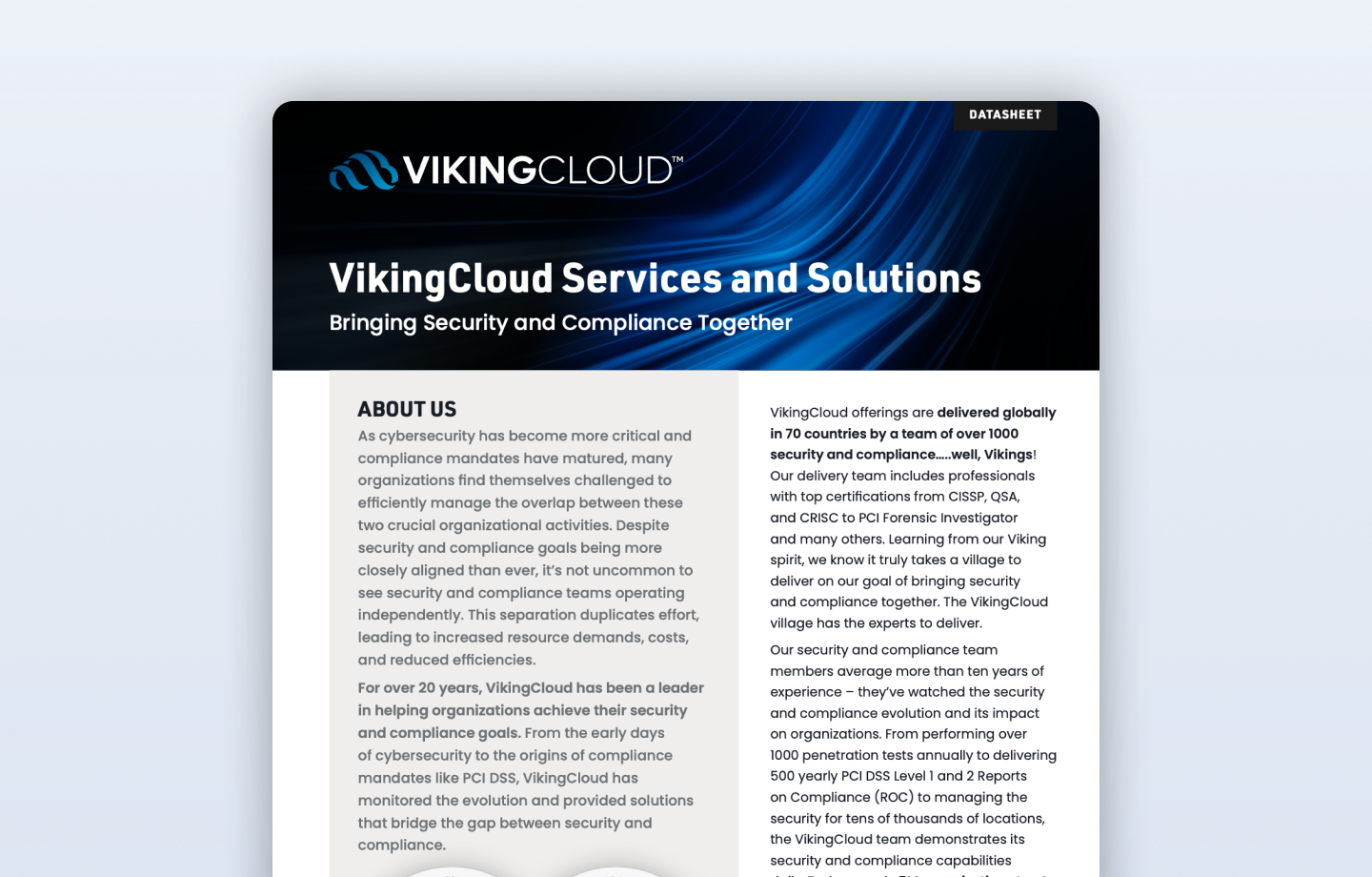From the smallest enterprises to the Fortune 500, every business in every industry has its own unique set of security needs. The response to those needs often involves seemingly endless security tick-box exercises, resulting in a patchwork of security protocols which can leave gaping holes in a business's protection. Organizations of all sizes therefore must strive for the highest level of security maturity. But what is security maturity, and how do you achieve it?
With businesses handling more data than ever, cybercriminals are doubling down on efforts to strike them. Cybercrime is expected to cost the world $10.5tn ( £9.3tn) by 2025, with small businesses absorbing much of the impact. Global attacks increased by 28% in the third quarter of 2022 compared to the same period in 2021.
The threats are evolving, and scams are becoming more sophisticated, using mediums such as virtual meeting platforms to persuade employees to transfer money or data. Now's the time to take cybersecurity measures to the next level.
Security maturity is an organization's security position relative to its risk environment and tolerances. An organization's level of maturity is determined by how efficiently it implements security controls, reporting and processes.
There are five levels of security maturity:
- Level one: Information security processes are unstructured, policies are undocumented, and controls are not automated or reported to the business. They can be limited to foundational controls, such as scanning.
- Level two: Information security processes are established, and policy is informally defined, but only partially applied.
- Level three: At this level there is more attention to policy documentation, implementation, and automation of controls, as well as greater levels of reporting.
- Level four: Achieved once the organization controls its information security processes with comprehensive policies, widespread implementation, a high degree of automation and business reporting.
- Level five: At the highest level of security maturity, the policy is comprehensive and formally adopted. Full deployment and automation of controls have been achieved and business reporting occurs across all systems. Information security processes are constantly monitored and optimized.
So, how can you raise your businesses level of maturity?
It is fair to say IT (Information Technology) permeates every aspect of most businesses, so it follows that cybersecurity should too. Creating a security-first culture and implementing best practices to ensure security controls are effective and comply with data privacy regulations are the first steps to raising your maturity level.
Part of this is making cybersecurity a board issue; involving directors in security discussions will encourage a proactive stance that trickles down and enhances the security approach of your whole organization.
Automation is also a critical part of achieving a high level of security maturity. Implementing automated solutions means higher reliability, greater efficiency and provides better reporting for a quicker response time.
Crucially, you need to adopt a cybersecurity framework that will help you identify risks, protect company assets and detect, respond to and recover from a cybersecurity attack.
Understanding security frameworks
There is a myriad of security frameworks for different industries. These tend to be based on NIST (National Institute of Standards and Technology) standards, which help federal agencies comply with the Federal Information Security Management Act (FISMA) and other regulations.
The NIST Cybersecurity Framework is one of the most adopted NIST standards; it is a voluntary framework for businesses of all sizes and in all sectors, created through collaboration between the US Government and organizations to promote the protection of critical infrastructure. The NIST cybersecurity framework provides five implementation tiers to guide organizations to prevent, detect, and respond to cybersecurity threats.
The US Department of Energy's Cybersecurity Capability Maturity Model (C2M2) is another leading security controls framework that helps organizations measure information security processes and identify how to improve them.
The Center for Internet Security (CIS) Cybersecurity Maturity Model (CMM) is a comprehensive policy, controls, automation and reporting model that provides organizations with confidence that they are managing cybersecurity effectively and protecting themselves from a full spectrum of threats. This framework, originally developed by the U.S. Department of Defense, provides a guide to assess the security maturity of an organization according to its efficiency in meeting a number of controls.
Security needs vary according to business size
Any of the above-noted maturity frameworks are good starting points, but the largest organizations have unique and specific security and compliance needs. As such, their cybersecurity strategy must be aligned with their unique risks. These large businesses have the most to lose, with successful hacks resulting in huge gains for cybercriminals and often making headlines in the process if a high-profile brand is involved.
Small businesses, however, are unlikely to have the time and resources for, or specialist knowledge of, cybersecurity. While small businesses may feel that cybercriminals will not target them due to their size, the exact opposite is reality. The prevalence of software-as-a-service (SaaS) in the criminal underground makes targeting thousands of small businesses as easy as the click of a mouse button. Nobody is "too small" for today's cybercriminals.
As the criminal landscape changes, organizations of all sizes find themselves looking for help. For many years, industry analysts have lamented the lack of available resources, particularly skilled people. This has led to an increased appetite for utilizing security providers to augment or completely take over the cybersecurity function.
It's important for all businesses to be clear on the skillsets they need to be able to choose and partner with the right security vendor. The best will support and guide the organization from any stage in its security and compliance journey. While much of the partnership will be driven by skilled people, it's also vital for the partner to have a platform that ties security and compliance together.
Historically, security and compliance were seen as separate functions. A by-product of the natural evolution of compliance mandates like PCI DSS is the overlap between security and compliance. For organizations where security and compliance are still separate functions, there is now a duplication of effort. Security maturity, for example, highlights regular penetration testing, while PCI DSS requires vulnerability scanning and penetration testing one of many overlaps. Tying security and compliance together from one vendor within one platform means leveraging the best of what the partner has to offer to eliminate these duplications of effort.
It is impossible to ignore the global increase in security threats. Today, it is not a matter of if an organization will be attacked but when and how often. Combined with increasingly complex compliance mandates, organizations of all sides are tasked with not only securing their company but also proving a level of security maturity to external agencies. Choosing the right partner with the right platform is vital.
For over 20 years, VikingCloud has been a leader in helping organizations achieve their security and compliance goals. From the early days of cybersecurity to the origins of compliance mandates like PCI DSS, VikingCloud has monitored the evolution and provided solutions that bridge the gap between security and compliance. From day one, the VikingCloud Asgard Platform was designed to help organizations bring security and compliance together. From the scalability of the daily processing of over 6 billion security and compliance events to a single portal that quickly and efficiently shows you the status of all your services, tests, and compliance assessments, the Asgard Platform is your singular window for all things VikingCloud.
Security threats are evolving at an ever-increasing pace making the drive towards security maturity essential. You can begin your journey by creating a security-first culture and by implementing best practices to ensure effective security and compliance controls. Choosing the right security and compliance framework can help to identify risk and choosing the right security and compliance platform can help to reduce the effort and cost of measuring, tracking, and maintaining your security posture and compliance with regulatory requirements.
Click here to discover how VikingCloud's Asgard Platform can help your organization achieve its security and compliance goals.







































































































